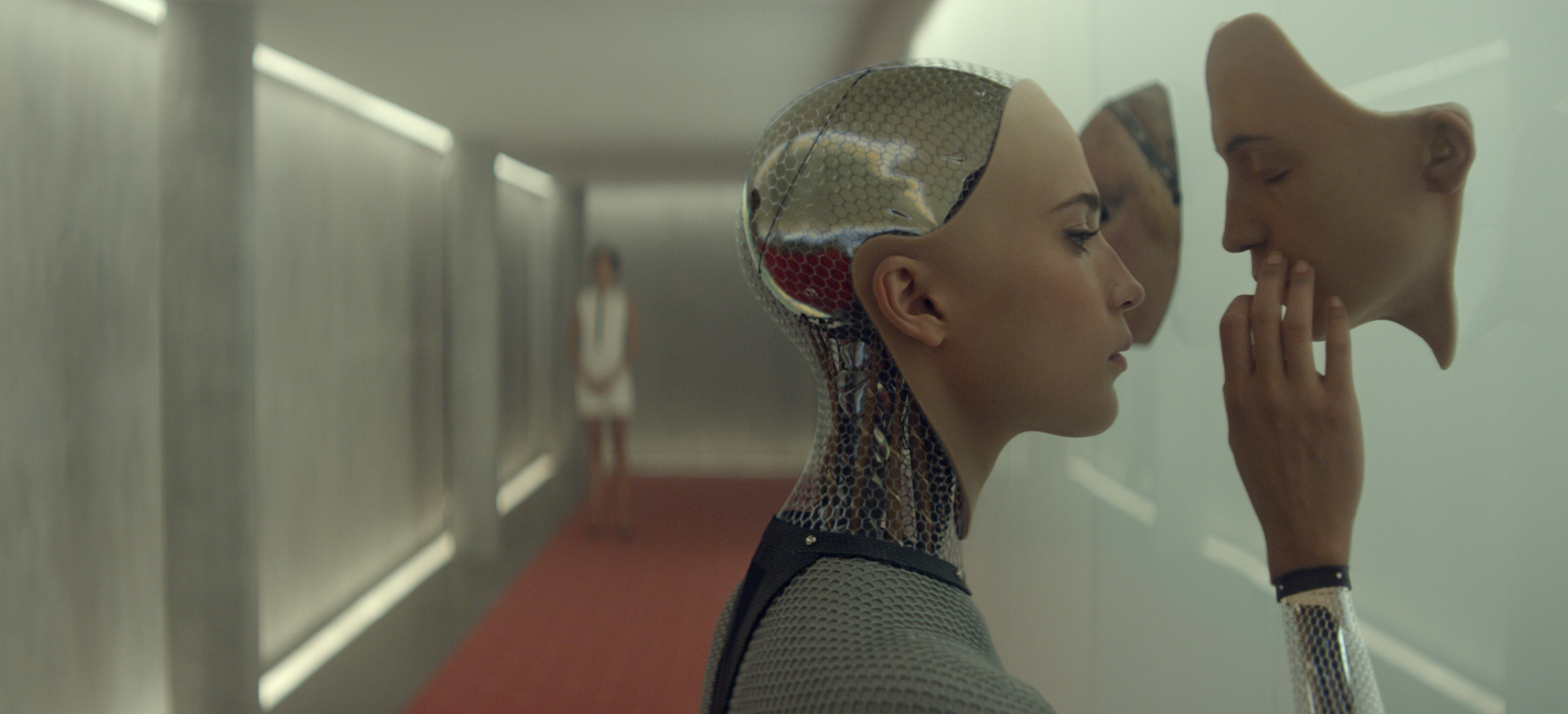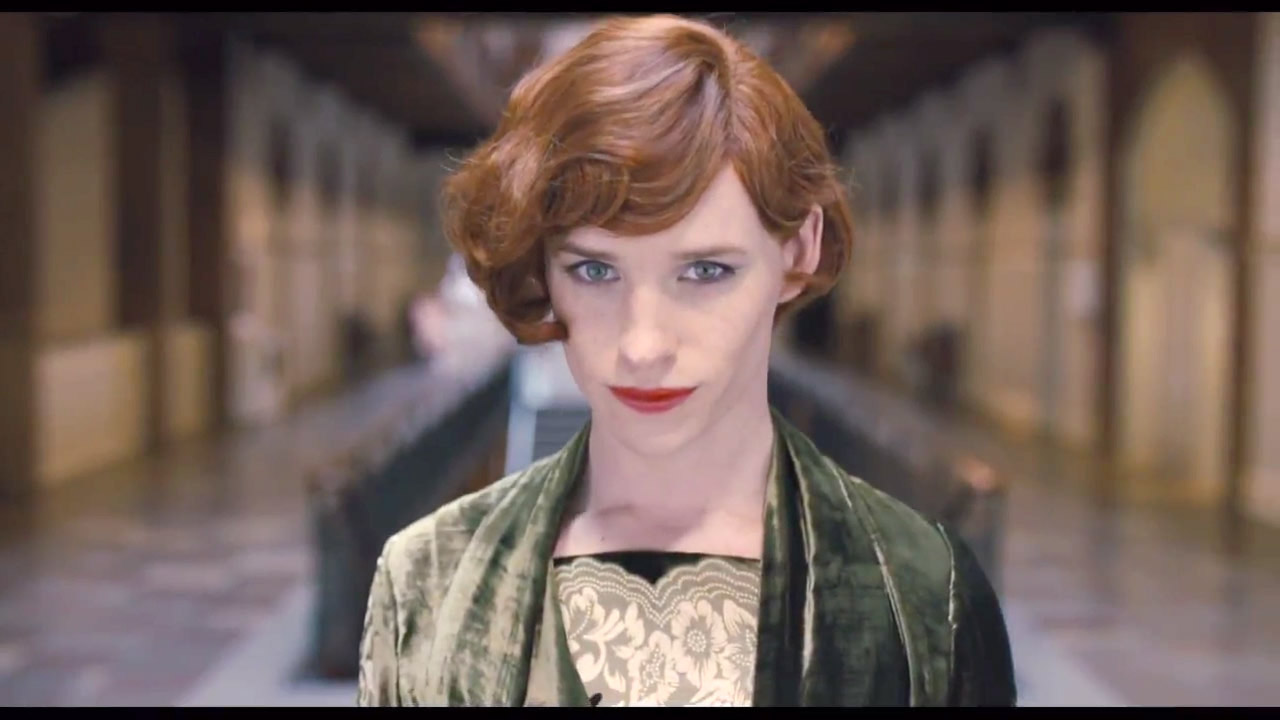by George Wolf
It was going to be a top ten, but next thing you know, I’ve got twenty-five favorites this year, with a few special mentions for the deserving.
GUILTY PLEASURE: Vacation. It had its rough spots, but I laughed.
HIDDEN GEM: Slow West. It was a great year for Westerns, and this less-is-more beauty was a big reason why.
DON’T UNDERSTAND THE LOVE (aka The Blind Side Award): The Martian. Matt Damon brings the usual charm but everything else is lost in space.
25. Clouds of Sils Maria
Juliette Binoche and Kristin Stewart shine in this story of an actress confronting both her past and future. Full of subtle complexity, it offers sly insights that sneak up on you, and an exceptional cast to make them stick.
24. Bone Tomahawk
A horror cannibal western? Thank you S. Craig Zahler, and well done.
23. Tangerine
Much more than just “the iPhone movie,” Sean Baker’s in-the-moment look at life “on the block” is brash and daring, funny, subversive, insightful and poignant.
22. Phoenix
21. Straight Outta Compton
This is a musical biopic with some pretty high stakes and a pretty big payoff. It’s at once a universal story of expression, and an intimate American journey, as vital to its own time as it is to ours.
20. Trainwreck
The funniest movie of the year, and a wonderful big screen breakout for Amy Schumer (and some guy named LeBron).
19. Love & Mercy
A wonderfully abstract take on the life of Brain Wilson, led by a masterful turn from Paul Dano.
18. Mistress America
Noah Baumbach and Greta Gerwig deliver an offbeat, fast paced dialog-fest that’s equal parts self-delusion satire and love letter to the written word.
17. The Hateful Eight
Retro stylings, wicked humor, a deliberate pace, and thirst-quenching frontier justice mark Tarantino’s robust mix of Agatha Christie whodunit and violent social commentary.
https://www.youtube.com/watch?v=gnRbXn4-Yis
16. Sicario
Badass Emily Blunt, flippant Josh Brolin, and haunting Benicio Del Toro anchor Denis Villeneuve’s visually mesmerizing tale of moral ambiguity on the Southern border. Intense.
15. Bridge of Spies
Spielberg, Hanks, Coen Brothers, historical drama…you can guess how that works out.
14. Brooklyn
A luminous story of love, home and commitment, bursting with beauty and a heart-piercing lead performance from Saoirse Ronan.
13. Star Wars: The Force Awakens
Maybe you’ve heard of it.
12. It Follows
David Robert Mitchell serves up the best American horror film in years. It’s creepy, smart and stylish, with scares that won’t easily vanish.
11. The Tribe (Plemya)
Don’t like subtitles? Great, you won’t find any in this gripping tale of survival told entirely in Ukranian sign language. An unforgettable experience.
10. The Big Short
The director of Anchorman and Talladega Nights grabs a stellar cast and tackles the housing crisis with conscience, wit and outrage.
9. Anomalisa
Charlie Kaufman’s proposed animated short becomes a wondrous feature that utilizes powerful subtlety to explore the challenge and mystery of human connection.
8. The Revenant
Innaritu, DiCaprio and Hardy take the journey toward redemption to the out of doors with a brutally gorgeous, punishingly brilliant film.
7. Inside Out
Once again, Pixar examines the changing phases of life with charm, humor, and a subtle intelligence that can’t help but give you a fresh appreciation for all the jumbled feelings that make life worth living.
6. Spotlight
Writer/director Tom McCarthy and a brilliant ensemble address the Catholic Church abuse scandal with a welcome dignity. This is as observant a film as you will find, delicately crafted and brimming with sincere, multi-dimensional performances. It is required viewing.
5. Steve Jobs
What if they gave a great movie and nobody came? Director Danny Boyle and writer Aaron Sorkin craft a challenging and ferocious look at the wages of genius, carried by a masterwork titular performance from Michael Fassbender.
4. Mad Max: Fury Road
To say that George Miller has stepped up his game since he left us at Thunderdome would be far too mild a statement. Mad Max: Fury Road is not just superior to everything in this franchise, it’s among the most exhausting, thrilling, visceral action films ever made.
3. Ex Machina
What an irresistible treat Ex Machina is – smart, seductive and wickedly funny, boasting glorious visuals, stirring performances, and big ideas guaranteed to linger like a dream you just can’t shake. It’s a stunning directorial debut from veteran writer Alex Garland, with a can’t-look-away performance from Oscar Isaac.
2. Room
Director Lenny Abrahamson creates a meticulously crafted, lived-in world – a world that should look like nothing we have ever seen or could ever imagine – that manages to resonate with beautifully universal touches. The undeniably talented Brie Larson gives a career-defining performance, but it is young Jacob Tremblay who ensures that the film won’t soon be forgotten.
1. Carol
Oh, Carol, what a mesmerizing, captivating, utterly beautiful web you weave. Director Todd Haynes has crafted a keenly insightful love story full of bittersweet grace, propelled by two glorious performances. Expect Oscar nominations for both Cate Blanchett as unhappily married Carol, and Rooney Mara as the department store clerk awakened when Carol visits her counter at Christmastime. A meticulously crafted time piece akin to Haynes’s wonderful Far From Heaven, Carol aches with restrained longing and love. Exquisite.
https://www.youtube.com/watch?v=H4z7Px68ywk









